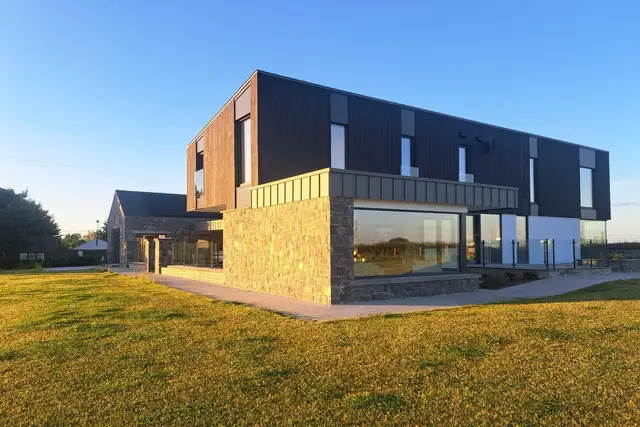Condensation can be a significant issue in homes, leading to dampness, mold growth, and even structural damage. Understanding how to control it is crucial for maintaining a healthy and comfortable living environment. This guide will provide practical steps on how to effectively control condensation in your home.
Before delving into the specifics of managing condensation, it’s important to understand what causes it. Condensation occurs when warm, moist air comes into contact with a cooler surface, causing the moisture in the air to condense into water droplets. This often happens in homes during colder months when the warm air inside the house comes into contact with cold windows or walls. For more information on how this affects your home, you can read our article on passive home humidity levels.
Strategies to Control Condensation
There are several strategies that homeowners can employ to manage condensation effectively. These include increasing ventilation, maintaining a consistent temperature, and using moisture-absorbing materials.
Increasing Ventilation
One of the most effective ways to manage condensation is by increasing ventilation. This can be achieved by opening windows, using exhaust fans, or installing a ventilation system. Ventilation helps to remove excess moisture from the air, reducing the likelihood of condensation.
Maintaining a Consistent Temperature
Maintaining a consistent temperature in your home can also help to reduce condensation. By keeping the temperature steady, you can prevent the warm air from cooling rapidly and condensing on cold surfaces. This can be achieved by using insulation, double glazing, and efficient heating systems. For more information on heating systems, you can refer to our article on passive survivability.
Using Moisture-Absorbing Materials
Another effective strategy for managing condensation is the use of moisture-absorbing materials. These materials, such as silica gel or calcium chloride, can absorb excess moisture from the air, reducing the likelihood of condensation.
To protect your home further, consider investing in a waterproof solar setup and products that can protect your envelope integrity. These can help maintain a dry and comfortable living environment.






